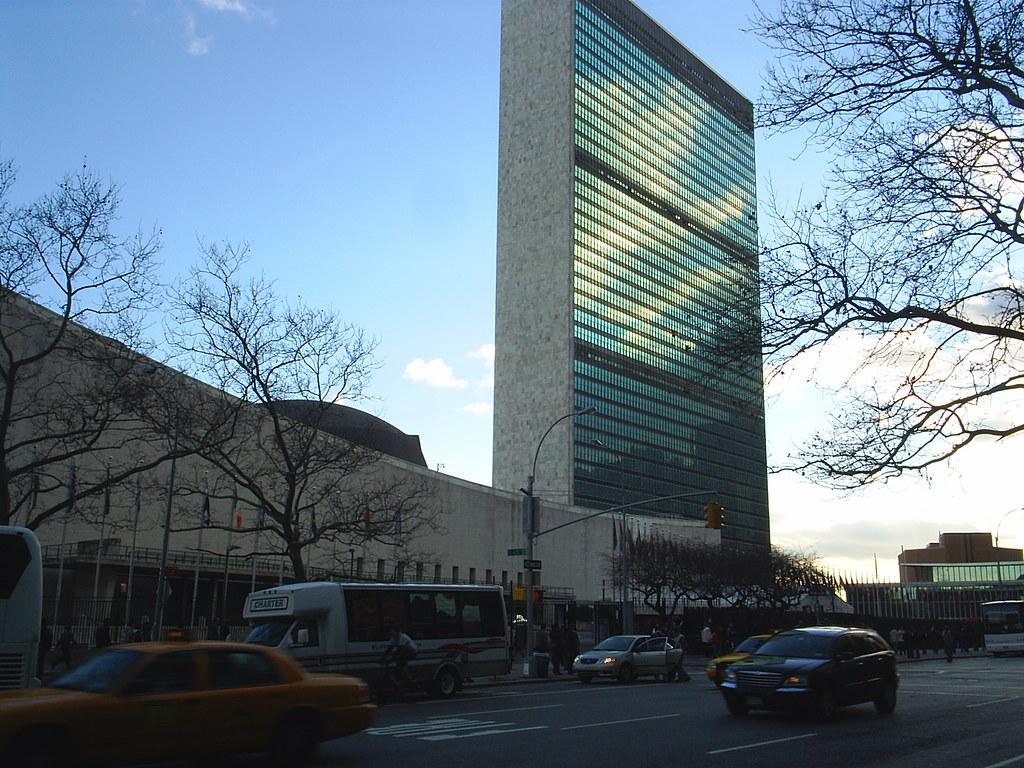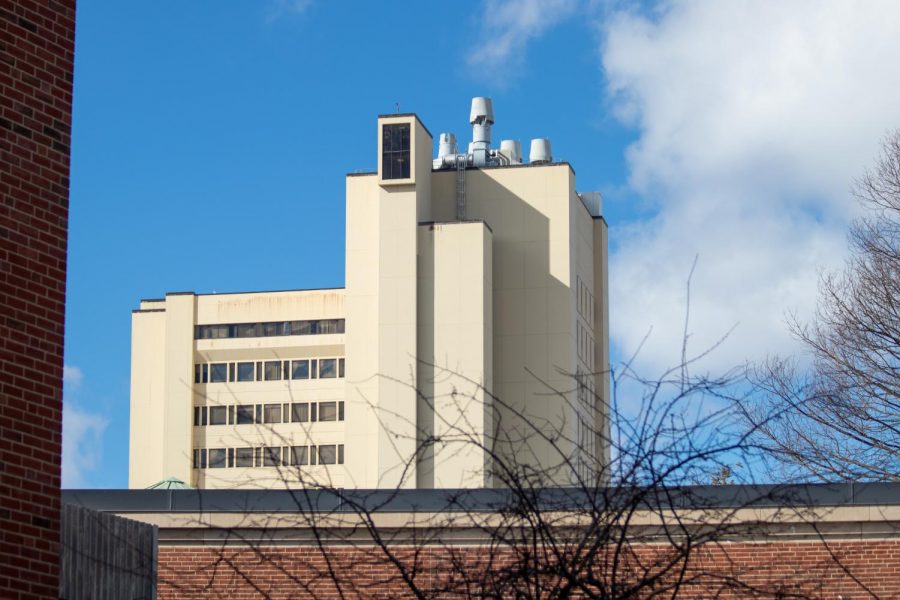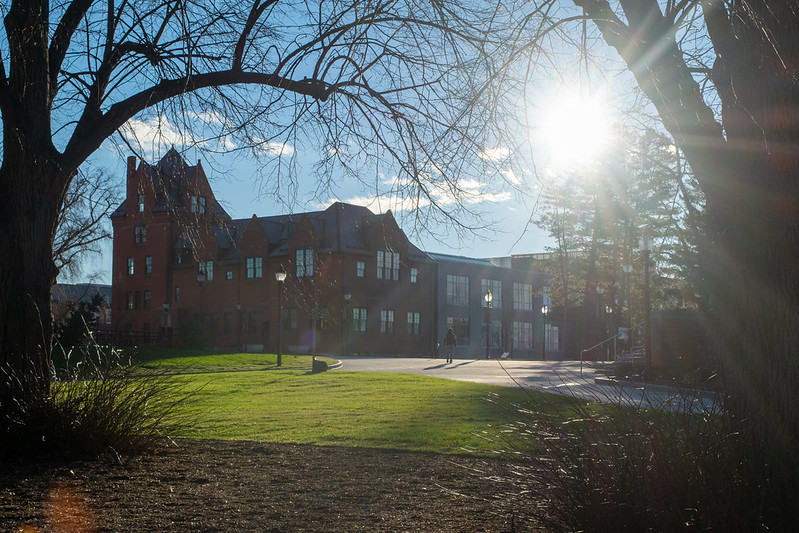The University of Massachusetts’ Facilities Planning department defines five current major construction projects: The Commonwealth Honors College Residential Complex (CHCRC), New Academic Classroom Building (NACB), Life Science Laboratories (LSL), Old Power Plant Demolition and Southwest Concourse Renovation.
The Southwest Concourse renovation is complete.
The remaining four major construction areas are an inconvenience to students that have used the open space now occupied by the construction. Complaints range from a divided campus due to the central location of NACB construction, engineering area detours through academic buildings and hectic traffic on Commonwealth Avenue due to construction road closures.
During the Big Dig, Boston was inconvenient and ugly, but the state capital now has new open spaces, improved traffic patterns and a beautified downtown. Construction is inconvenient and frustrating, but an improved, beautiful area springs up when construction ends.
Completed construction on campus has already started to improve campus living. The Southwest Concourse has been complete for an entire academic year and Southwest is much greener.
According to Facilities Planning, “The design doubles the amount of planning areas … (with) a diverse plant palette … inspired by… the Holyoke Range and Pioneer Valley.”
The recently-completed Recreation Center, a 120,000-square-foot complex completed for over $50 million, services over 2,500 students per day, according to the architect’s estimates. The building replaced the aging Boyden and Totman gyms.
The Integrated Sciences Building (ISB) replaced 50-year-old lab space, and ISB provides 4,640 students with a modern laboratory setting. Chemistry and biology students now can learn in well-equipped lecture halls, meet with professors and laboratory assistants, study in community spaces and use computer centers all in the same building.
Most of the discussion surrounding the inconvenient construction centers on the NACB construction in the center of campus. While the construction will block the north side of the Campus Pond until the spring of 2014, the building will bring new facilities to non-science departments.
The NACB will increase convenience with close proximity to the Campus Center and Student Union, and Facilities Planning believes it will “create a hub of student activity.” The building will also provide 2,000 new classroom seats and office space for the Communications, Journalism, Linguistics and Film Studies departments.
“I’m looking forward to new academic buildings because learning is easier with clean buildings and new teaching tools,” sophomore Dan Murray said.
NACB will replace decades-old buildings and provide modern amenities that make comfortable LEED-certified classrooms and offices that lower environmental impact.
Other major construction projects will add value to and beautify the UMass campus. The removal of the Old Power Plant will improve the western edge of campus and remove an unattractive, non-functioning building from the early 1900s.
The Life Sciences Lab adjacent to ISB replaces the current science space of 2.8 million square feet spread over 54 buildings with state-of-the-art laboratory space. The building will create interdisciplinary research spaces allowing chemistry, biology, physics and engineering students to collaborate and work in combined fields such as biomedical engineering. The CHCRC invests in and provides a central location for the Honors College students. CHCRC incentivizes UMass by providing interactive opportunities with professors, students and guests. It will improve the image of the University as the top public academic and research institution in New England.
The construction occurring between Gorman and Wheeler on Clark Hill Road starts early in the morning, but is replacing infrastructure and improving a deteriorating road.
“In the long term (the construction) will make the campus a better place to live, and it’s my alarm clock; the jackhammer, without a doubt, starts every day,” freshman Charlotte Kelly said.
Minor projects repair damaged pathways, roads and landscaping to make the University cleaner and safer.
Campus construction provides significant and necessary improvements to the University by replacing pathways, landscaping, roads and old buildings, with beautiful, state-of-the-art facilities and outdoor areas that will define our campus for future generations.
Advances in technology and increased competition for University admissions require accelerated expansion and improvement in facilities. Inconvenient construction for a few semesters creates new facilities that will last for decades, and many current students will be the first beneficiaries of these investments.
A 21st Century UMass is certainly worth a longer walk to class.
Zac Bears is a Collegian columnist. He can be reached at [email protected].


















